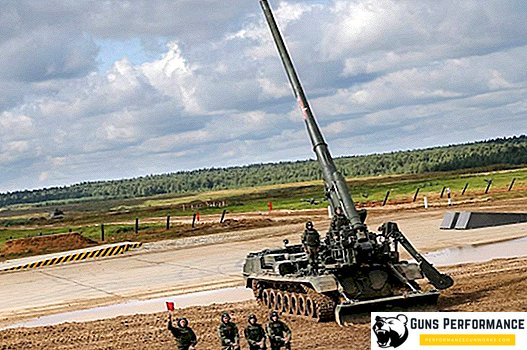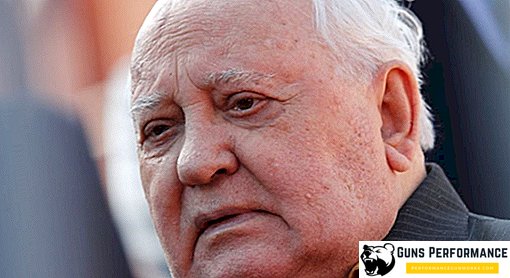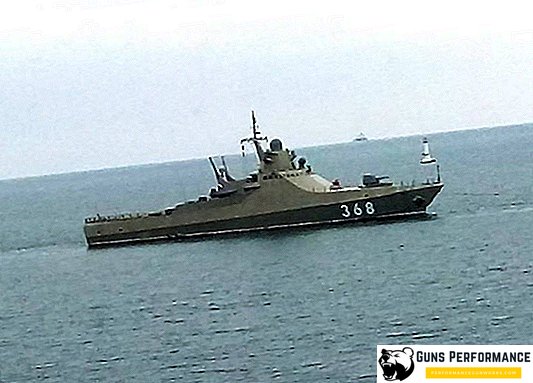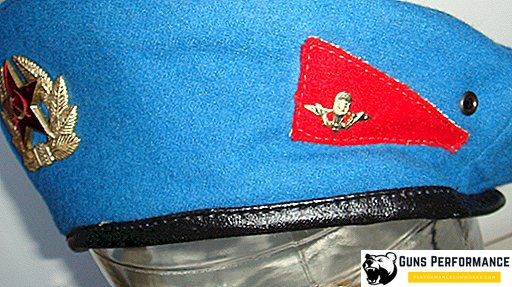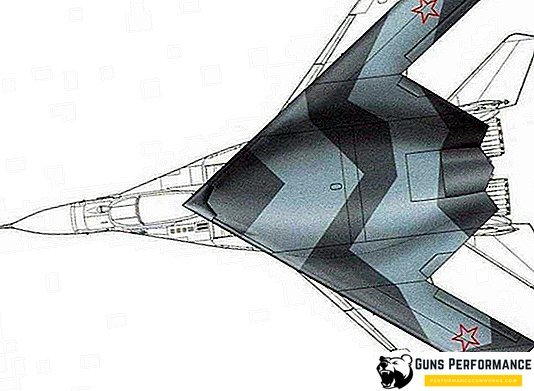$ 64.6 thousand in 12 months - this is the amount of funds most often spent by the government of the Russian Federation on one military. In the military structures of key NATO countries, this figure is almost five times the Russian mark, but in the African continent it is almost twenty times less. As for the prices for servicing nuclear units, the spread is not so huge: approximately $ 20 billion a year in America and $ 10-15 billion, according to various sources in the Russian Federation. But not everything can be solved thanks to finances and rockets. Every second military expert talks about reducing the deterrent capabilities of a nuclear shield and predicts the likelihood of war, even on the Internet and using special insects.
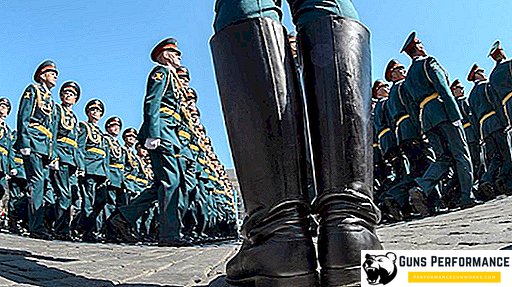
World shield
Among the global expenditures on the military sector, stabilization was observed in the past year, but growth will be observed in the near future, and this is not only because of the Middle Eastern oil monarchies and strategic rivalry in the Asia-Pacific sector, as it was, but also due to changes in the perception of security threats in Western states, which for a long time reduced the defense budget in real terms.


Global spending on the military sector last year was estimated by experts from the London International Academy of Defense Studies at $ 1.5 trillion. The team of analysts of the department reported that the balance is insignificant, when a decrease in the defense budget in advanced countries compensated for the increase in the territory of the Middle East and in the region of the Asia-Pacific region, most likely is the completed stage. The key wire for this is a fundamental reassessment of security risks in Western countries, which occurred after the situation in the eastern regions of Ukraine and, most importantly, after the successful air strikes of the Russian Air Force in Syria. The post-Crimean position has stepped up the procedure for increasing the money allocation in order to strengthen the defense potential.
Last year, all four of the 26 countries that were members of NATO laid out a target of 2% of GDP for the defense sector, for the remaining 22 countries, the average mark showed some 1.1%. Such expenditure is far from a record low cost for the military sector, when compared with GDP. This figure is typical for African countries, but, for example, several times less than in the Russian Federation (4.18%), and several times less than in America (3.33%). At the same time, in terms of investments in the per capita military sector, the advanced members of NATO still occupy the leading lines in the world.
In order to achieve a figure of 2% of the EU’s GDP, it will be necessary to increase the defense characteristics of its treasuries by $ 100 billion. But for the time being, the Polish state alone shows the record level of growth in military spending in the EU; among the top participants who take part in the armed clashes are the Ukrainian state, Iran and the Russian Federation.
As for militarization, it is realistic to evaluate it not only with the help of formal nuances of financial investments, but also starting from geographic location. If you look at the proportions of the number of armies and the area of the state territory, out of competition will be Singapore, where on 1 square. km, you can see more than 100 fighters, - the country is ahead of the nearest pursuer by more than 10 times. But in the list of countries where it is not so easy to see the military, there are large countries on the African continent.




Combat advertising
International markets for weapons and military equipment are traditionally regarded as the only opportunity for many countries on the planet to modernize the army and improve the defense sector.
Technologically advanced units of technology eventually lose their exclusivity to Western products just as much as the national need is lost for the rest of the industrial sector goods that are produced in the current global economic sector. The globalization of mass production is based on cross-border cooperation and the inextricable link of the army with civilian technologies. Their commercial advertising often also occurs in a single bundle. The increasing access of advanced states to new military equipment is also based on the in-depth cooperation between the defense factories of these states and the exchange of technologies when signing an agreement on the supply of weapons.
Nevertheless, the western regions, along with America in particular, are preserving the first lines in the defense research and development sectors. America constantly puts on military development almost half of all the money provided for it in the world. Among other things, the United States still acts as the largest exporter of armaments, the second line is kept by the Russian Federation; together they account for about half of the global military equipment market.
Armed collisions are often considered to be the key driver for the sale of weapons in the so-called irregular market. Following the increase in the number of conflict areas on the map, one can see an increase in the purchases of military equipment by each participant in the confrontation. The exact same principle works in the reverse order. The Russian military clash in Syria can play the role of the opposite example of operating advanced prototypes of military equipment (such as the Su-35S or the latest developments in the field of Caliber-NK missiles) in real combat conflict to increase market demand for them.
As Russian President Vladimir Putin told in the spring of last year after the end of the key phase of the special operation of the videoconferencing system in Syria, the export demand for domestic products of military classification reached the limit of $ 56 billion since 1992. The expert assessment of the potential marketing advertisement for the Syrian conflict for the Russian defense industry shows $ 7 billion



Universal army
Despite the constant renewal of military equipment, which allows military operations to be carried out at a distance, with d u in hands or in a bunker, animals are also involved in the implementation of combat missions, as in the old days. Their role is not so big, but in certain areas of the military sector it is quite important.
The price of upkeep by the armies of the planet of one soldier as the ratio of the total defense costs to the number of armed forces overcomes the mark of $ 300-400 thousand per year. If we take into account the equipment and equipment, which are gradually evolving towards a personal combat complex (the prototype of the “soldier of the future”), it is accepted to call a person with a weapon in every sense the main resource. It is characteristic that in many states of Africa this mark is 200 times less and shows $ 1.5-3 thousand per year (in the Russian Federation $ 64.6 thousand per year).
On our planet, in stages, they abandon the army’s call in favor of the mixed principle of recruitment and a professional contract army, while military conflicts are also generally considered the work of the young. In many countries of the world military service can begin no earlier than 18 years. The lowest age equipment is installed in Iran and the Dominican Republic - 15 years old, the highest - 20 years old - in Morocco.
The country's population has long been and until now was and still remains in the role of a key component of the military sector. It is possible that in the upcoming armed clashes will be decided by the battle of combat robots or will be transferred to the Internet altogether. In the meantime, the troops are not able to fully abandon the exploitation of animals for military purposes. For many years, the use of our smaller brothers was a key revolution in the military sphere, an example can be called the cavalry, which became the main shock army because of the invention of stirrups.

In some areas, animals are now virtually irreplaceable. For example, when transporting goods in mountainous and rugged regions, in the military research sector or for underwater mine-blasting operations. In this context, the placement of the Ministry of Defense of the Russian Federation in the spring of this year, a tender for the purchase of dolphins for 1.75 million rubles. and five macaques for 1.49 million rubles. no doubt.
Most military experts say that the animals are not only the past, but also the future of military clashes. In this situation, talking about insects as a biological weapon, as well as intelligence gadgets. In the latter situation, a fully mechanical or technically equipped animal is assumed.
What animals and insects used and used for military purposes
The first birds for combat purposes used Princess Olga. She incinerated the city of Drevlyans - Iskorosten - thanks to burning towed birds tied to their paws. Often pigeons were used to send letters and intelligence.
New unstable situation
The number of conflict situations on our planet is increasing, both the specificity and the priorities that the enemies set for themselves are changing. At one time, typical instruments for preventing military clashes, such as nuclear weapons, lose their significance, placing upon their shoulders the role of a heavy burden for state treasuries.
Military conflicts gradually regained their positions, becoming the usual background of the global political sector. Most experts say that the increase in the number of collisions and the change of their quality through the full or secondary involvement of additional communities, with the participation of nuclear states, threatens to imbalance the established global security sector. High-precision technologies and missile defense equipment reduce the capabilities of nuclear forces, which are assigned a stabilizing role during the Cold War, which theoretically makes a non-nuclear military clash between super-states likely.
At the same time, according to information from last year, the maintenance of one nuclear carrier pours America at $ 1.8 million per year, the cost of maintaining and maintaining the entire sector of the strategic nuclear army is overrunning the $ 20 billion mark per year. For the Russian Federation, similar information according to various data shows $ 10-15 billion per year. The total expenditure of the "nuclear team" members on their armies exceeds $ 100 billion a year.


On the contrary, the return to the Cold War was the participation of top states in serious conflict clashes thanks to its allies, this can be seen from the example of Syria. If for many local organized groupings the end result is to seize and hold territories or control the transfer of resources, for external members armed clashes take on the role of an instrument of influence on the political sector of a rival. Such "difficult" situations are quite dangerous, since they cannot be predicted.
In theory, collisions of a new species can develop in a completely different scenario, also without the presence of nuclear carriers. In the modern world, the key role is not the manpower or territory of the enemy, but the data and control of its ways. A fully established cyber blockade should be enough for a complete imbalance in the communications of a hostile country to achieve triumph. Based on the number of army satellites located within the framework of the near-Earth orbit, only three states are currently ready for such a development of events: the Russian Federation, America and China.

The most bloody armed clashes that occur on the planet today
The civil conflict in Syria began 5 years ago, on the basis of the conditional "Arab spring". The armed conflict led to the largest on the planet since the Second World Humanitarian Crisis: over 5 years of clashes, about 400 thousand people died in the country, including 15 thousand at the beginning of this year, nearly 10 million received refugee status. Collisions continue at the moment.



